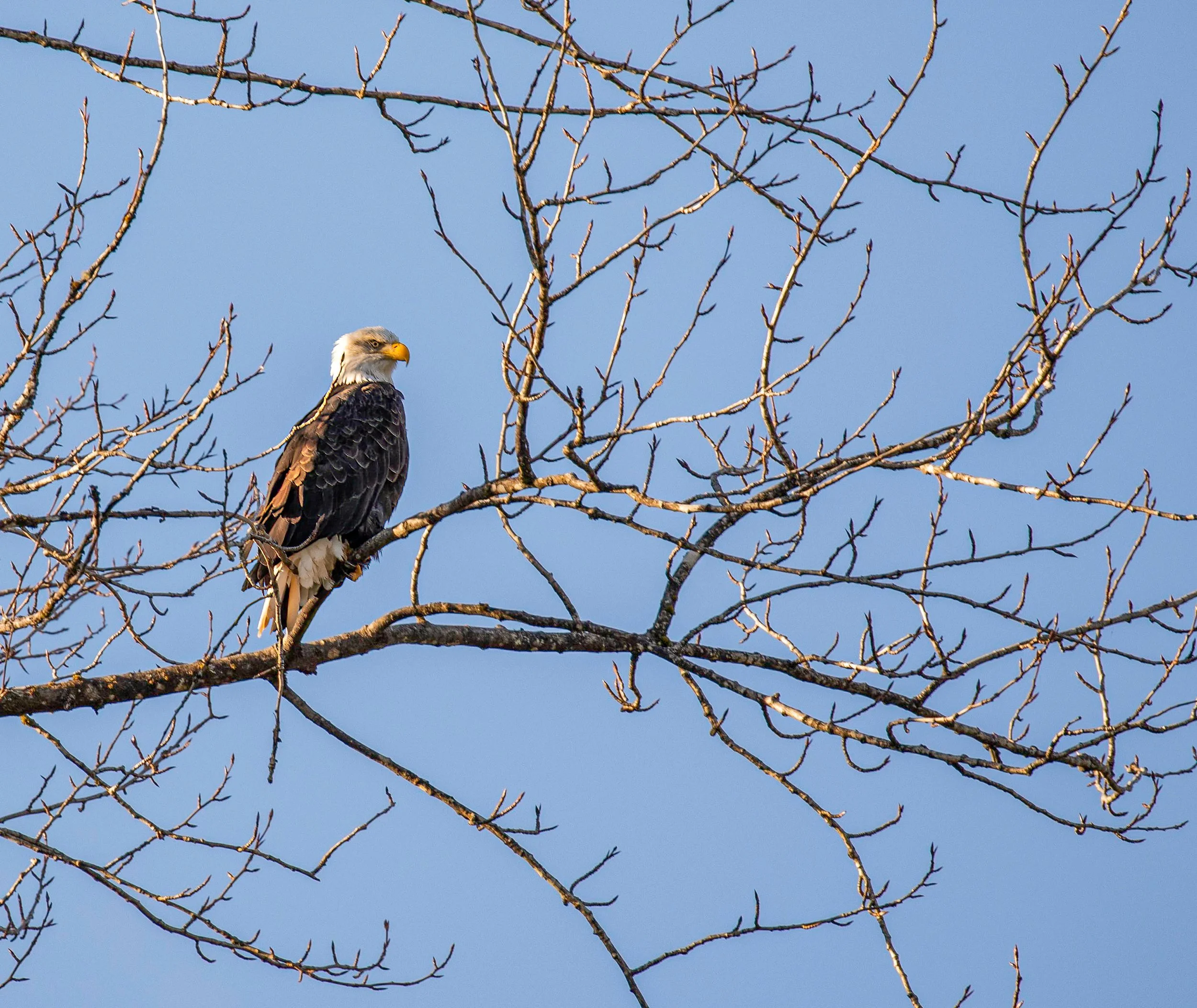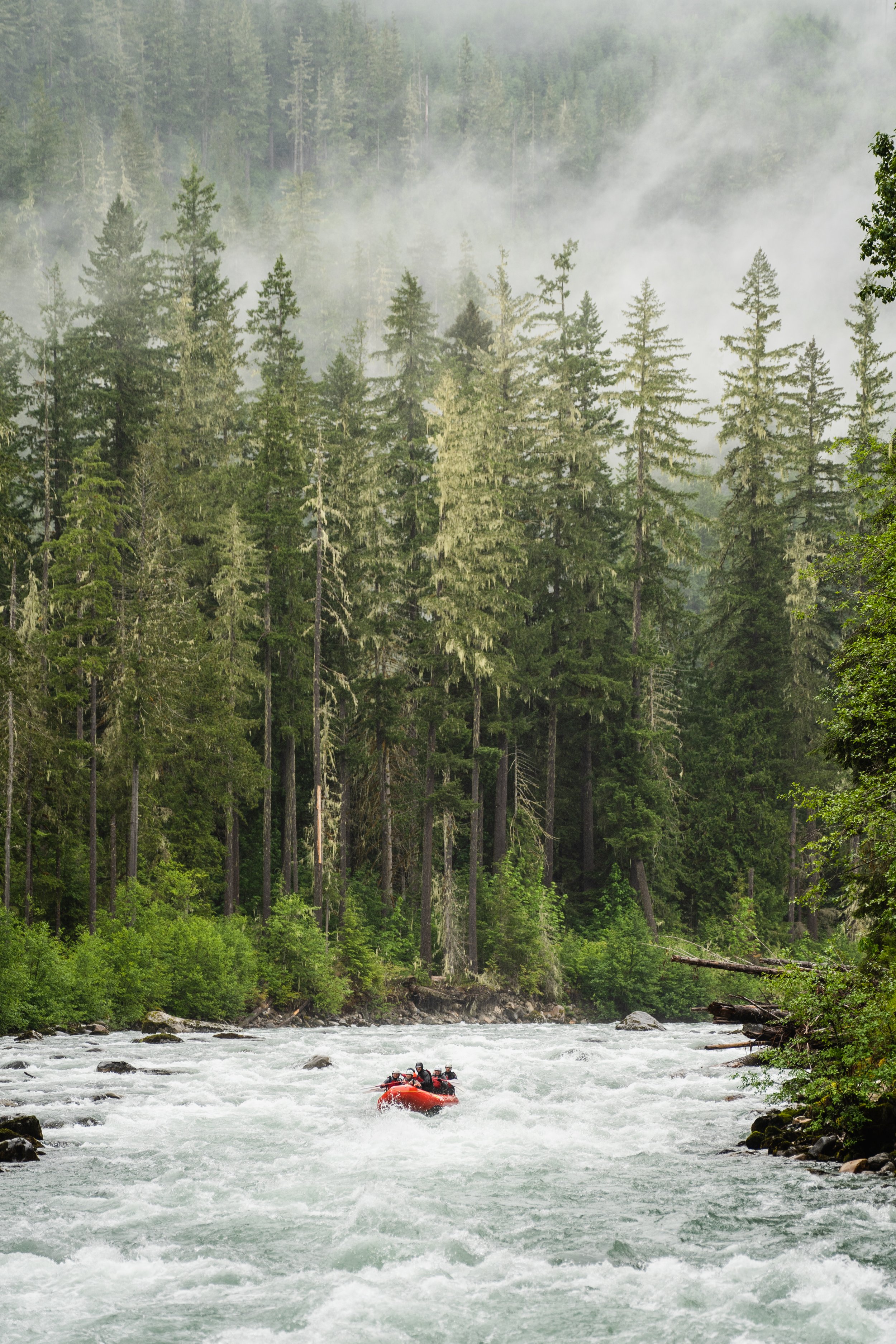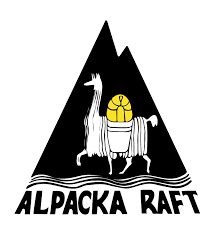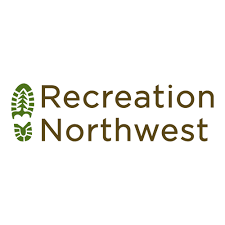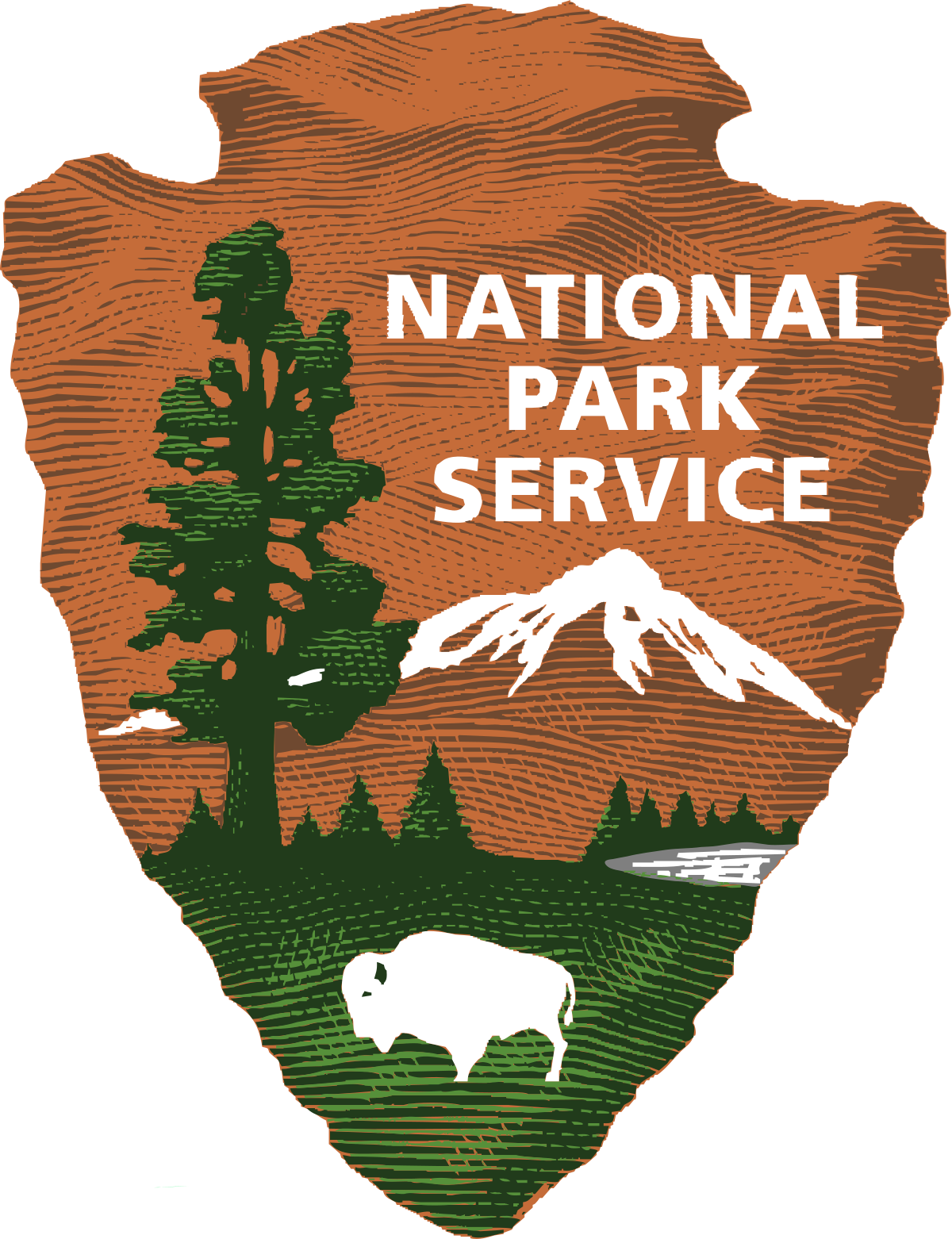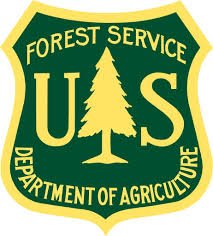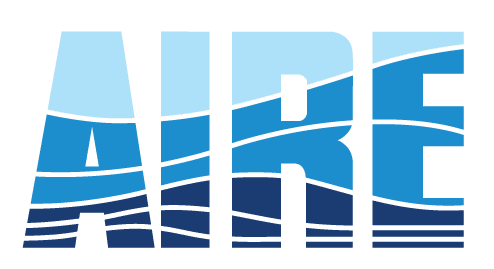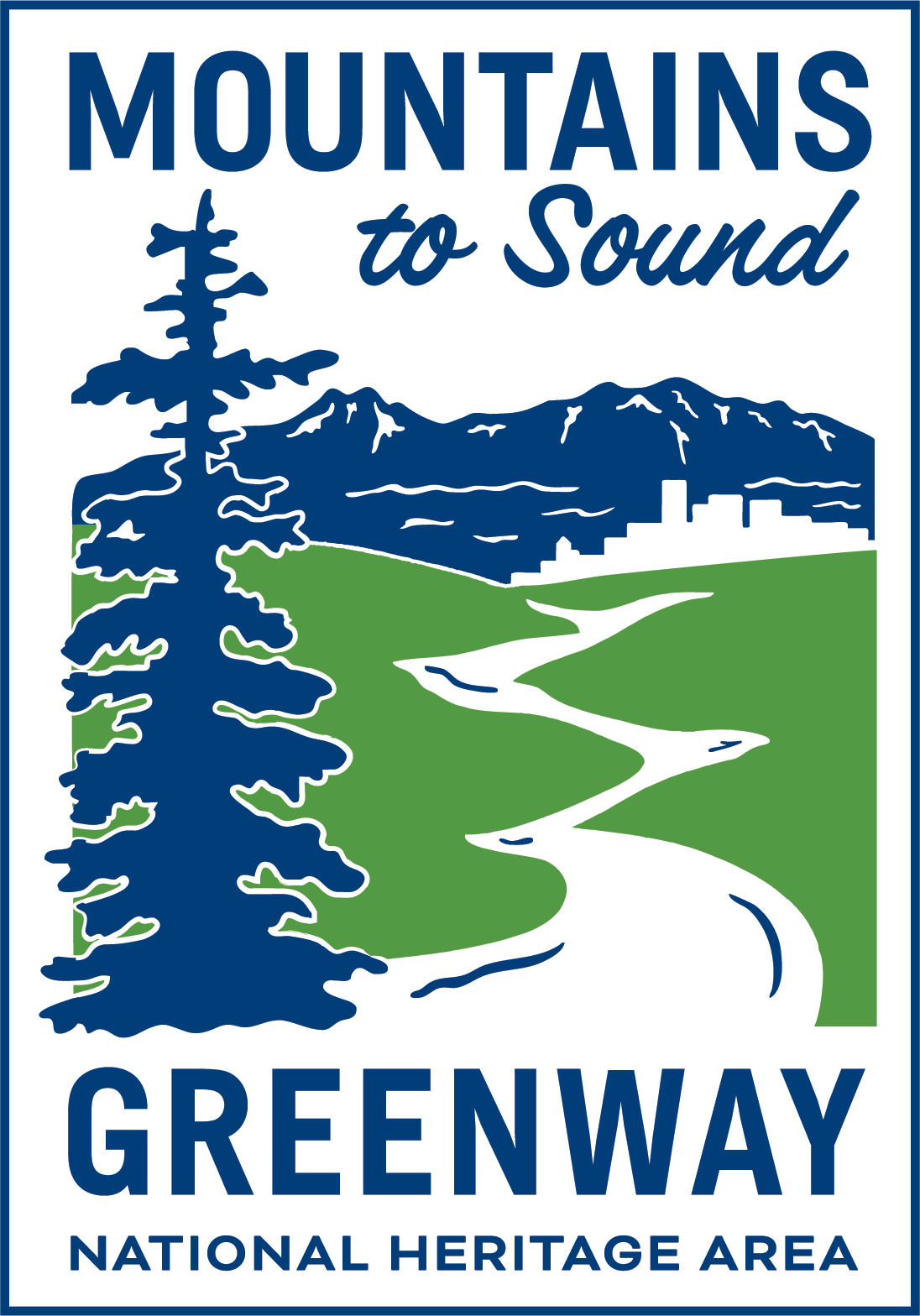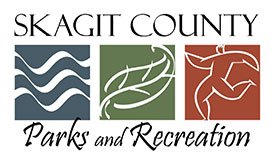Exploring North Cascades National Park
North Cascades National Park is a place that we hold close to our hearts at Triad. Encompassing rugged peaks, alpine meadows, and pristine rivers, this park is a testament to nature's grandeur. Learning about the natural world that we are exploring is important, and in this blog we will be diving into some of the history of this Washington gem.
Established in 1968, North Cascades National Park was born out of a commitment to preserving the breathtaking landscapes of the Cascade Range. The park's creation involved a collaborative effort between conservationists, outdoor enthusiasts, and policymakers. Today, it stands as a testament to the enduring spirit of preservation, boasting over 500,000 acres of protected wilderness.
Maintaining the pristine condition of North Cascades National Park requires a delicate balance of conservation and sustainable practices. The National Park Service, entrusted with the stewardship of this natural masterpiece, engages in ongoing efforts to protect the park's diverse ecosystems. Conservation projects, trail maintenance, and wildlife management initiatives ensure that visitors can experience the park's untouched beauty while minimizing their impact on the environment.
Why Visit North Cascades National Park:
Majestic Scenery: This unique landscape is characterized by jagged peaks, cascading waterfalls, and turquoise rivers and lakes.
Outdoor Adventure: For thrill-seekers, North Cascades offers a plethora of activities, including hiking, camping, and, of course, whitewater rafting.
Biodiversity: Explore a rich diversity of flora and fauna, from vibrant wildflowers to elusive wildlife like black bears, mountain goats, and bald eagles.
Educational Opportunities: Gain insights into the geological wonders of the Cascade Range and the park's ecological significance through interpretive programs and ranger-led activities.
Solitude and Serenity: Escape the hustle of everyday life by exploring the park's remote and quiet corners, where the serenity of nature reigns supreme.
North Cascades National Park holds unrivaled beauty and many opportunities for both adventure and relaxation. Join our whitewater rafting excursions to navigate the park's pristine rivers, allowing you to witness the majesty of this natural wonder from a unique perspective. As you embark on this journey, be prepared to be captivated by the North Cascades' rugged charm, where every twist and turn reveals a new facet of nature's grand tapestry. Book your rafting adventure with us and become a part of the North Cascades' legacy of exploration and awe.

